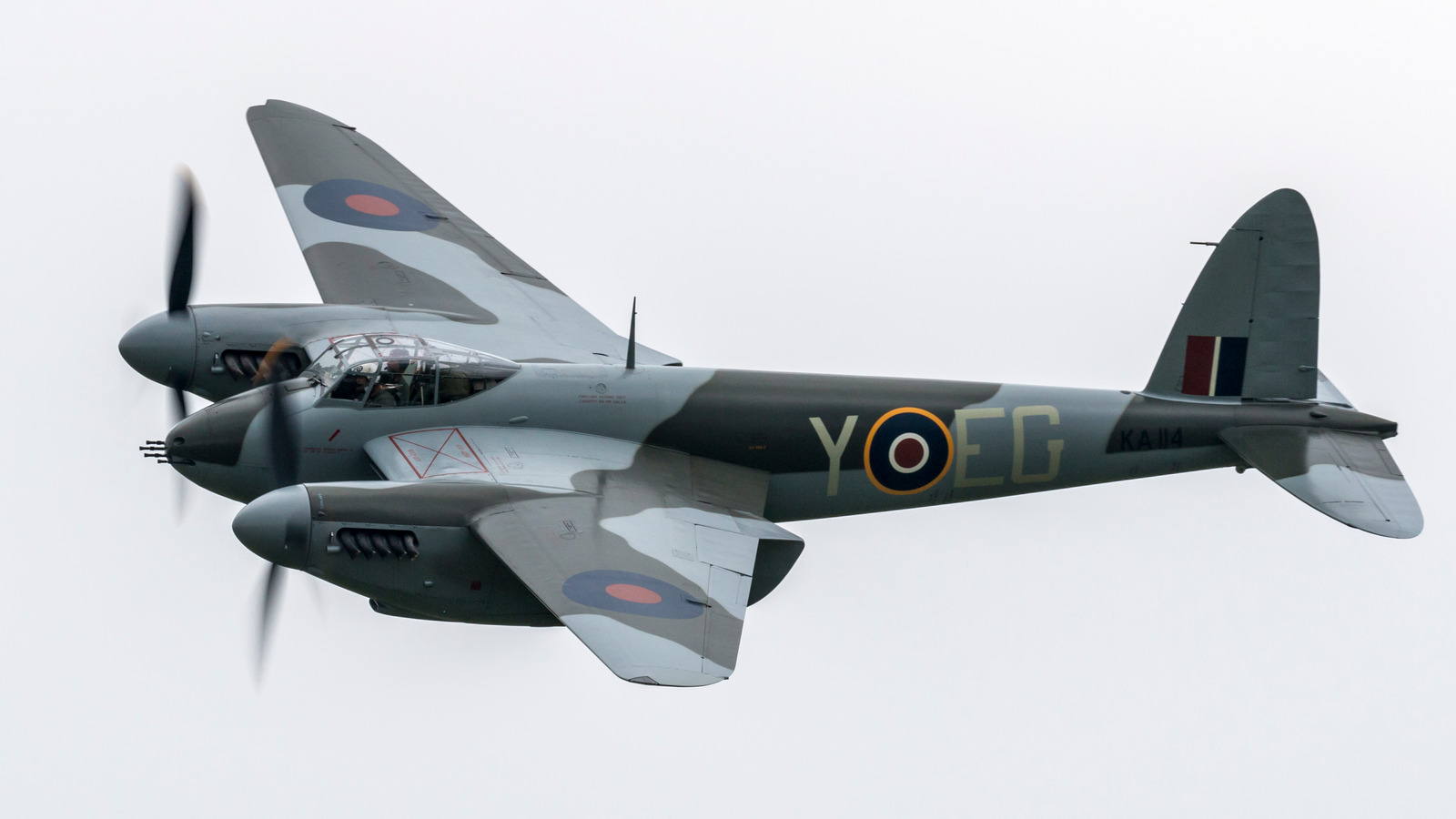The Wooden Wonder Plane That Defied Traditional Aircraft Design – SlashGear

Founder Geoffrey de Havilland said, “We believe that we could produce a twin-engine bomber which would have a performance so outstanding that little defensive equipment would be needed” (via BAE Systems). He and his company began designing the bomber based on techniques they learned from the Comet and Albatross (via Smithsonian National Air and Space Museum).
As the war progressed, raw construction materials became harder to find, so the British Air Ministry put a stronger emphasis on using different materials to build its war machines. It also made a big push towards requiring that equipment, including aircraft, to have multi-purpose capabilities (via BAE Systems).
After de Havilland had successfully proven itself with other war efforts, the British Air Ministry conceded to constructing the DH 98 Mosquito (via BAE Systems). The Mosquito used a wooden frame with plywood skin (via Britannica), or, as the National Museum of the United States Air Force put it, was built “primarily of plywood with a balsa wood core.”
Basically, it was nothing more than a massive version of a kid’s balsa wood airplane. Actually, a mixture of Alaskan spruce, English ash, Canadian birch and fir, and Ecuadorian balsa was “glued and screwed together” (via Smithsonian National Air and Space Museum). Its natural buoyancy allowed it to float for hours after crashing (via Bomberguy).
For all the latest Gaming News Click Here
For the latest news and updates, follow us on Google News.

